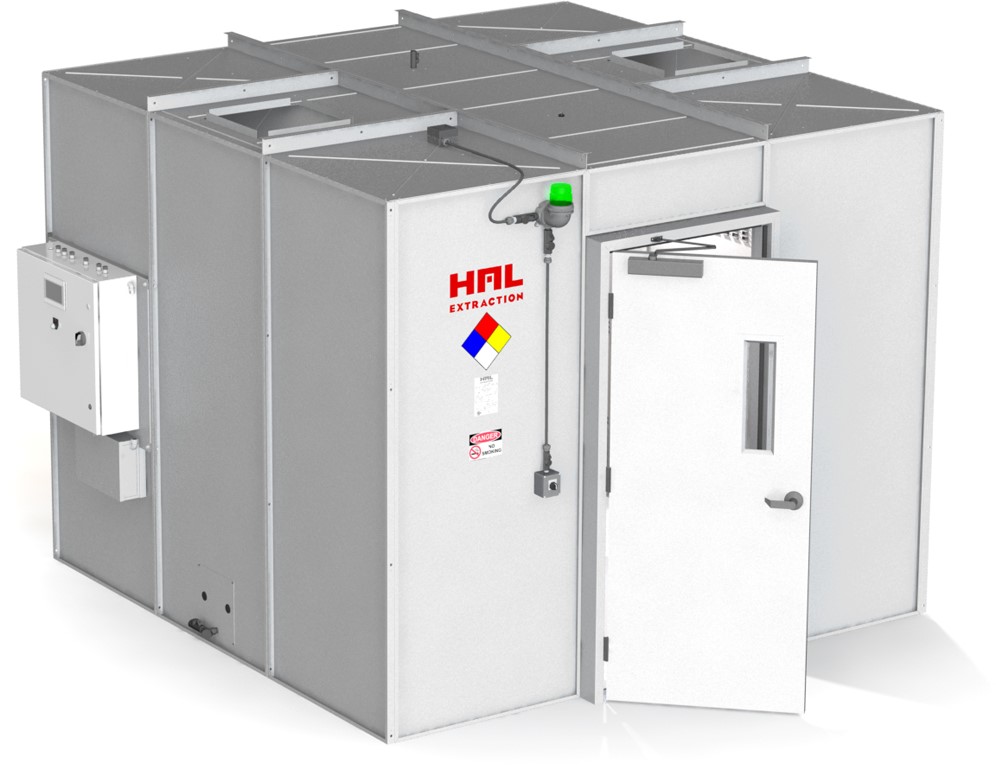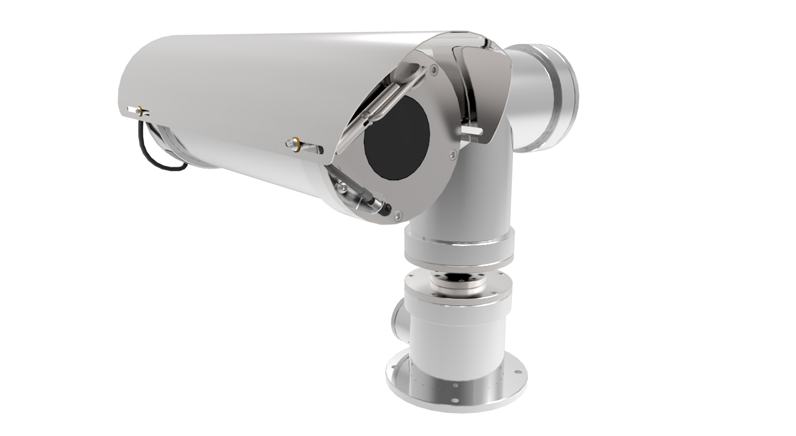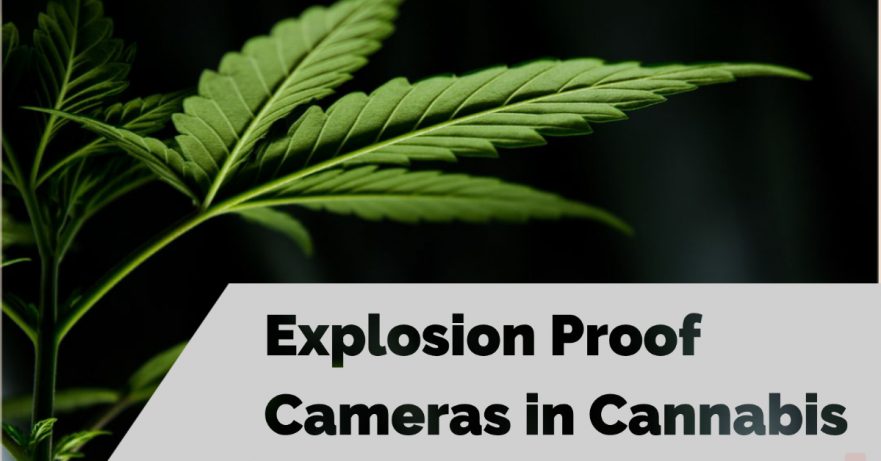The cannabis industry continues to boom across the United States despite all the obstacles so far in 2020. States are continuing to become more receptive in regard to medical and recreational cannabis opportunities, encouraging visions of additional job openings and an improved economy. Although many states have different rules and regulations for their license winners, there are some that could be considered more essential than others.
Butane Use for Extraction
Recently, an explosion occurred at a wholesale cannabis distributor in Los Angeles, California, dispatching 230 firefighters, injuring twelve of those firefighters and left numerous buildings damaged. LA Cannabis News reported the explosion occurred due to oils being stored at the facility, creating the blast. The international distributor had supplies containing butane for hash oil. Butane is an odorless gas that is used to produce a concentrated form of cannabis, involving the inhalation of this potent THC form of cannabis.
Unfortunately, in this case, Los Angeles has not approved of any business to receive a license to perform extraction with flammable gases, such as butane. That being said, this scenario may have resulted in an explosion due to illegal operations involving butane.
Most areas that allow for this gas to be used require local city permits and inspections by fire code officials to prevent explosions from happening. Due to the threat of explosions, it is crucial for facilities that are approved for this product to follow all rules and regulations, as these are not optional for extraction license holders. Even in states, like Arizona where it’s legal to extract with butane, there have been blasts. A fire at a legal marijuana facility occurred after a worker improperly stored a can of butane.
What are Class 1, Division 1 Rooms or Booths? 
Rooms containing flammable gases, like butane are required to uphold certain requirements. These rooms are defined as Class 1, Division 1 (C1D1) rooms. A C1D1 room or space is composed of gas monitoring, zero ignition points, adequate ventilation, and a fire-suppression system that can negate catastrophic equipment failure, as well as important oven, refrigeration, and vacuum requirements. This space is required to have explosion-proof components specifically rated for a C1D1 environment.
Why Explosion Proof Cameras?
One of the most important cannabis security precautions in many states is having a robust, comprehensive video surveillance system installed. Requirements can include specific speculations like the resolution, frames per second, storage capacity, and particular locations for camera placement. Typically, most states will require that cameras be installed in all areas that cannabis is cultivated, harvested, processed, prepared, stored, handled, or dispensed.

Explosion proof or explosion protected cameras are certified for hazardous areas, like C1D1 rooms. These are important for visual verification for normal surveillance as well as capturing the event of an explosion. Not only are these items required for these areas, but they also come with quite the price tag, starting at $15,000, running up to nearly $50,000 and can have a lead time of anywhere from two to 6 months.
Price aside, these cameras can provide secure surveillance through events similar to the ones that transpired in California and Arizona. When operating a Class 1, Division 1 room, its imperative to have appropriate equipment and devices necessary to remain in compliance. Proper design for your facility is one significant component that will keep you, your employees and first responders all safe while producing the potent and profitable hash oil.
About the Author:
Haley Glover has several years of experience in the security industry developing and managing security integration projects for Cannabis, Jewelry, Pawn, and the Department of Defense clients. She is currently a business development and account manager for Sapphire Risk Advisory Group. Haley has also received her Level 1 Alarm Technician License from ESA.

